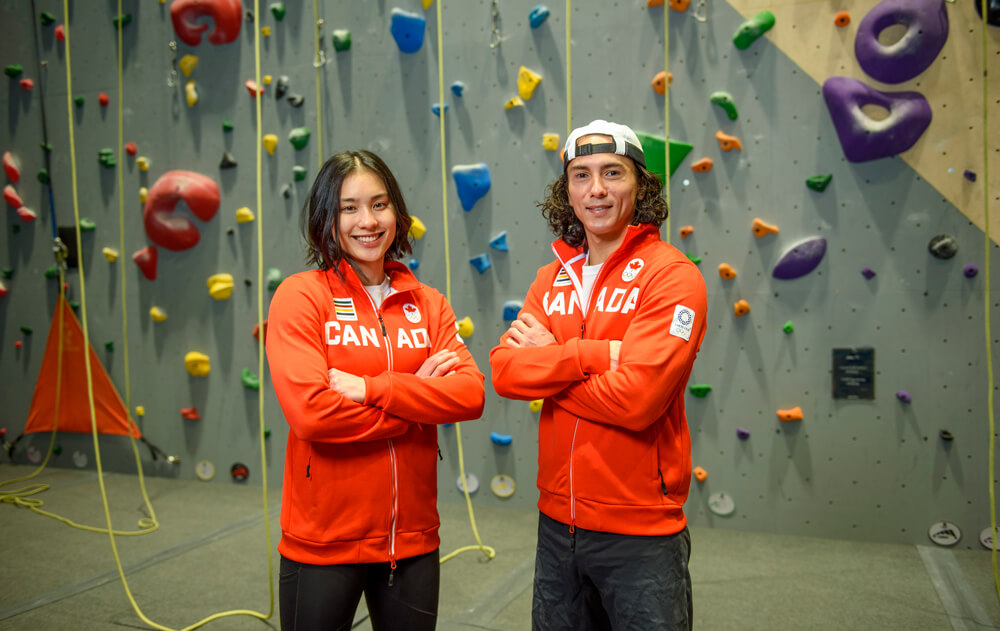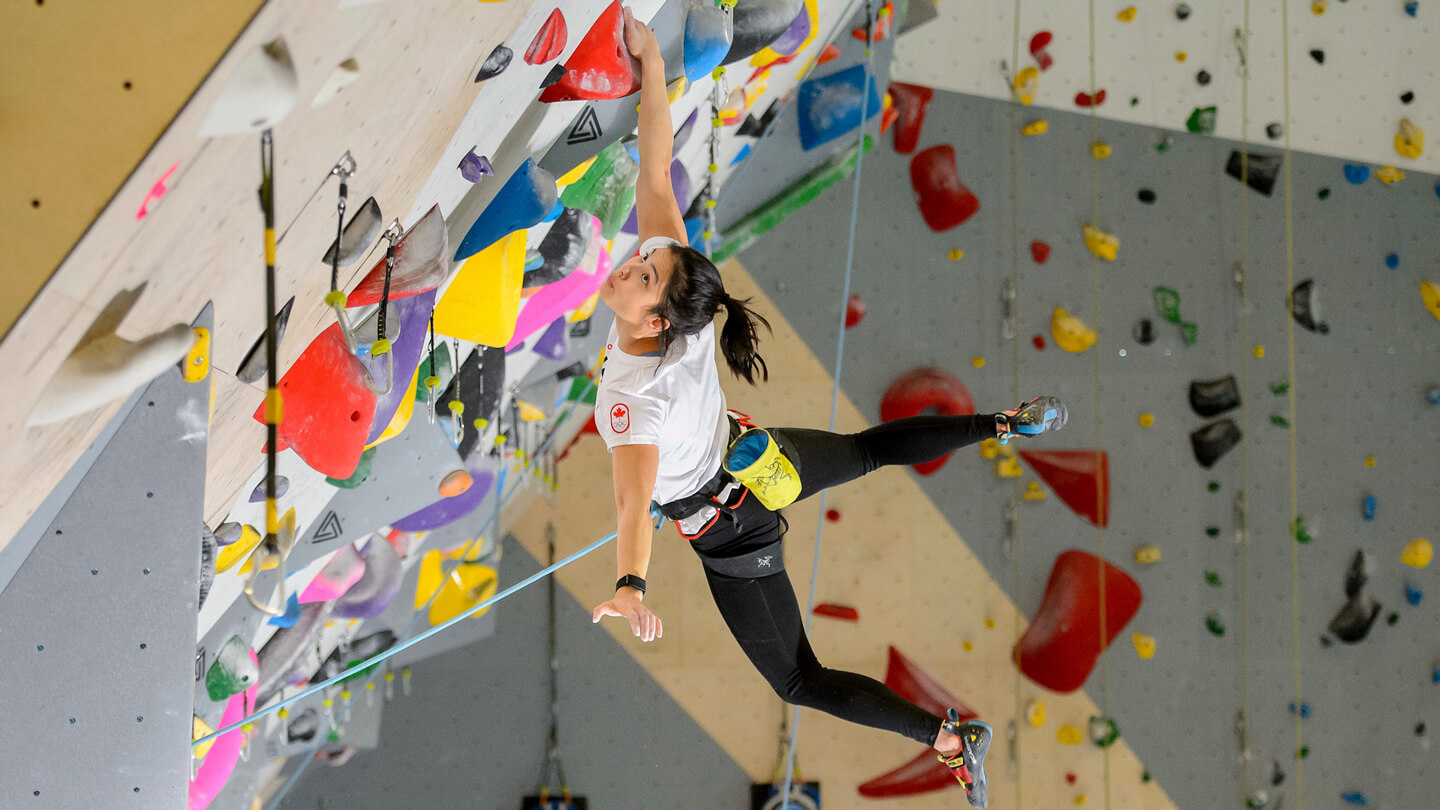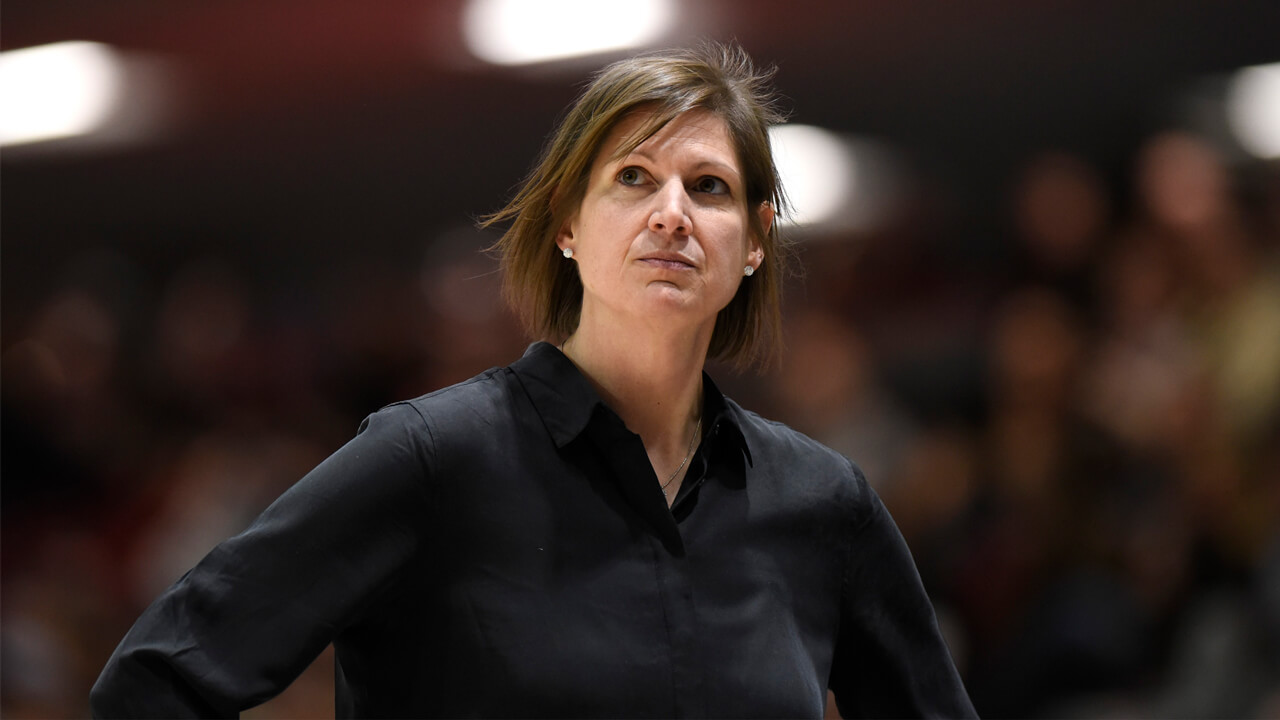Yip soon joined the Vancouver-based youth climbing program headed up by Andrew Wilson — her coach to this day — and she, too, began competing in local and national competitions. At 17, she skipped her high school graduation ceremony to compete at her first World Cup, where she placed 18th in bouldering.
Still, over the years and competitions, even as Yip saw McColl succeed on the international stage, she didn’t necessarily see herself forging a career out of the sport. She’d always had other plans. “When I was little, six or seven, I wanted to be an inventor, just like my dad — that’s what I called it … which, I realized later, was engineering,” she says with a smile. “With my dad, we used to build a lot of things around the house. We built leaf-blower hovercrafts [and] my brother and I raced go-carts that my dad built and maintained.”
Between her dad, Doug, an engineer, and mom, Moira, a family doctor, much of Yip’s childhood with her younger brother, Trevor, was spent learning and building and seeking solutions. And though she didn’t see it as a real career path, climbing was a natural fit. “A lot of people that climb are also engineers, computer scientists, and that sort of thing,” says Yip. “I think the biggest thing is that engineering and climbing are all about problem solving — being faced with something that you have the fundamental building blocks to solve but you need to find your own way to get to the top, to get the solution of that problem.”
In 2012, after balancing a busy climbing schedule with an even busier first year in UBC’s engineering program, Yip felt she had to choose between school and climbing — that she could no longer do both. Then 19 years old, she’d aged out of the junior World Cup circuit, and without an elite senior climbing team to join at the time, it felt like the natural end of an era. So, she hung up her harness, put away her climbing shoes and chalk bag, and took the path she’d always anticipated taking.









